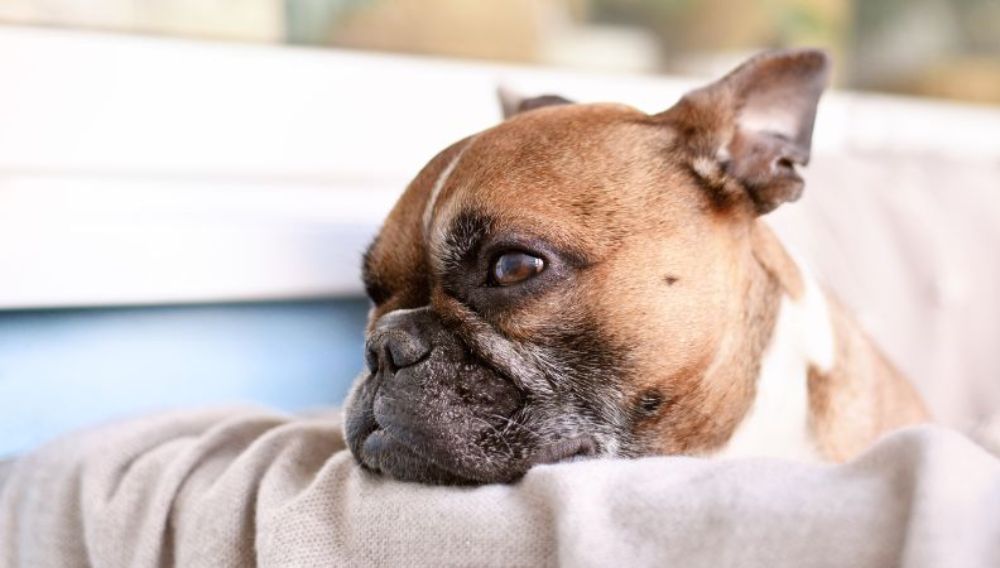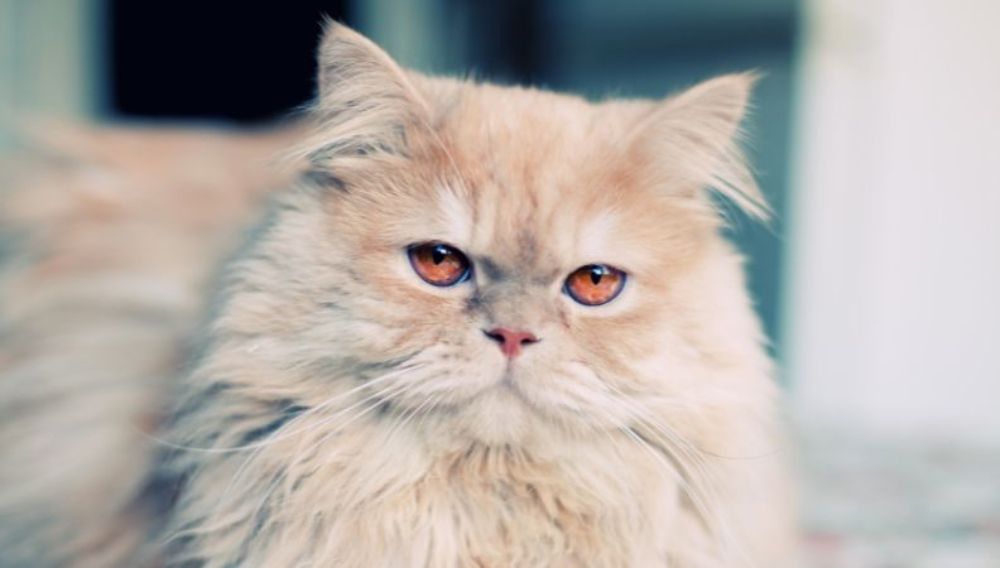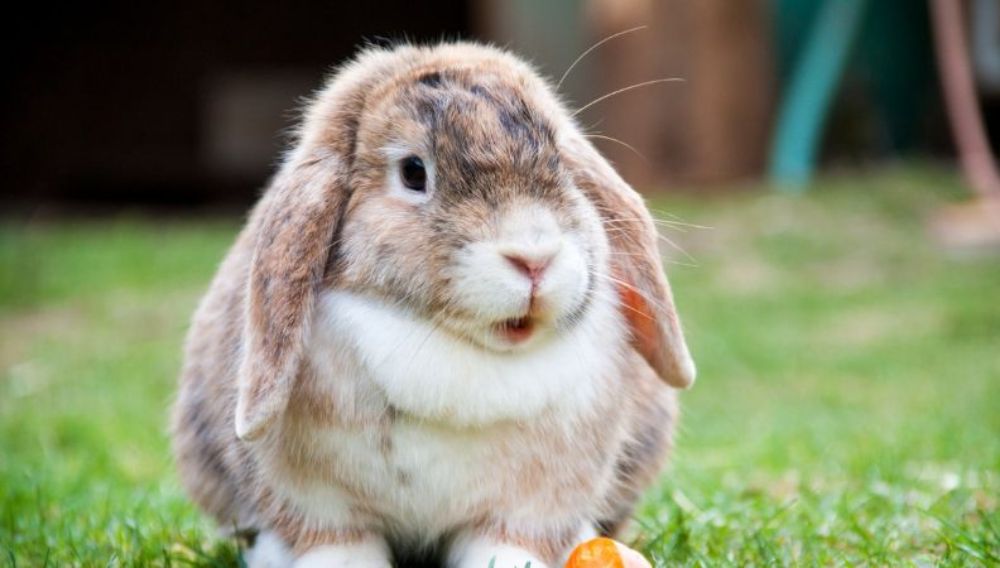Over the past hundred years, breeders have bred some breeds of dogs, cats and rabbits with exaggerated features. The breeding created pets with flatter faces which were considered ‘cute’ and ‘desirable’ but also led to the introduction of some health and welfare issues in these breeds.
Vet experts, Vetstream, have put together this guide to living and caring for brachycephalic pets. Here you'll find all the information you need to know about Brachycephalic dogs, cats and rabbits.
What Does Brachycephalic Mean?
Brachycephalic comes from the Greek words brachy (meaning short) and cephalic (meaning head). Brachycephalic breed standard animals have shortened skulls and flatter faces with shorter snouts than normal. If they look like they have a squashed nose and a lower jaw that’s longer than their top jaw, they’re brachycephalic.
This conformation can lead to breathing difficulties and other health problems associated with the anatomical abnormality. The collective name for the resulting health issues is Brachycephalic Obstructive Airway Syndrome or BOAS.
Brachycephalic Obstructive Airway Syndrome in Dogs

Brachycephalic breeds include:
- Pugs
- Pekingese
- Bulldogs
- French Bulldogs
- Boston Terriers
- Boxers
- Cavalier King Charles Spaniels
- Shih Tzus (and others).
These can be affected by various health problems associated by having flat faces.
Signs of severe BOAS can be seen in dogs as young as 3-4 months, most will show signs of the condition by 2-4 years. Animals with BOAS have the same amount of soft tissue squashed into their heads as other breeds. The folds and wrinkles that’s caused by this obstruct their upper airway, this affects their breathing with many breathing through their mouths.
Brachycephalic dogs may make snuffling noises when they breathe, eat, snore at night and have disturbed sleep (sleep apnoea). They may make a snorting or clicking sound when they pant. This is because the air flowing through their airways is impeded and they can’t take in enough oxygen. This can lead to heart problems.
Brachycephalic dog breeds will suffer exercise intolerance, in the heat this is especially difficult, and you'll find they'll often pant and lie down. Dog owners should be aware not being able to exercise can lead to them becoming overweight which makes the problem worse. They may also have gastrointestinal (tummy) problems, particularly with regurgitation of food or fluid when excited or exercising. Sadly, respiratory distress, collapse and sudden death can affect brachycephalic flat-faced breeds.
A veterinary practice will diagnose BOAS based on clinical signs and the breed of your dog. A physical examination and exercise test to assess airway obstruction and breathing function will confirm the diagnosis. Endoscopy or computed tomography (CT) of the airways may also be used.
Dogs with BOAS can have one or more of the following conditions:
- Stenotic nares (narrowed nostrils)
- Obstructed nasal cavity
- Excessively long and thickened soft palate (an elongated soft palate)
- Everted laryngeal saccules (pockets of tissue that sit near the larynx that are pulled inside out when a dog needs to breathe heavily)
- Laryngeal collapse
- Excessively narrow trachea (hypoplastic trachea or windpipe – a condition that affects bulldogs in particular).
Brachycephalic Obstructive Airway Syndrome in Cats

Persians, Himalayans, Exotic shorthair and some Scottish Fold breeds of cat can be affected by brachycephalic syndrome. The most severely affected cats are those that have the flattest face when viewed from the side.
Their noses are not positioned well below the eyes when viewed from the front and may even be level with their eyes. These cats are considered to be “ultras”, “peke-faced” or “extreme” Persian types. Those with longer noses (and likely to be healthier) are the “doll-faced” (traditional) Persians.
Brachycephalic cats will experience the same health problems as dogs with BOAS. The squashed soft tissue can obstruct airways and cause breathing problems. A sudden deterioration in breathing can lead to respiratory distress and collapse. When this happens, emergency veterinary treatment is needed.
Cats with BOAS can also have eye problems. They can have bulging or protruding eyes where the eyelids are unable to close. The eyes can dry out and tear drainage can be affected. The nasolacrimal duct is squashed into their small, flat noses and tears back up and overflow onto the skin beneath the eyes. This can lead to staining on the faces of white cats and infection can set in.
Cats with BOAS can also have dental problems and require Caesarean sections when giving birth.
Brachycephalic Obstructive Airway Syndrome in Rabbits

Rabbits can also have shortened skulls and be affected by BOAS. Breeds including the Netherland dwarf, the lop-eared breeds (especially the mini, dwarf and French lops), and the Lionhead are all considered to be brachycephalic. These breeds with their short faces may be considered ‘cute’ but come with dental and respiratory issues. A bottom jaw longer than their top jaw leads to malocclusion of their teeth and severe dental problems.
BOAS Treatment and Prevention
If pets affected by BOAS are overweight, losing weight can help but surgical correction of the underlying abnormalities is the only way to eliminate the condition. The nostrils can be opened and some of the excess tissues removed to improve airflow. This procedure carries some risks and can only be carried out by a veterinary surgeon that specialises in the procedure.
Breeding dogs with this inherited condition means that the problem will also affect their offspring. The Kennel Club/University of Cambridge Respiratory Function Grading (RFG) Scheme can help breeders of the English Bulldog, French Bulldog and Pug decide which dogs are suitable for breeding.
Owners considering buying a brachycephalic puppy should ask the breeder if both parents are health tested and have a low RFG score (Grade 0 or 1). Grade 3 dogs will require medical treatment and should not be bred from while Grade 2 dogs may only be bred with those with a lower grade.
Do your research before taking on a dog breed that’s known to be affected by BOAS – you need to be prepared to manage their care, and treatment can be expensive. Remember, dogs that have had surgery to ‘fix’ the condition can still pass brachycephalic syndrome on to any litters that they have so should not be allowed to breed.
Brachycephalic obstruction syndrome is a serious health issue and affected dogs, cats and rabbits can have respiratory, eye, dental and gastrointestinal problems. They may have problems breathing and have exercise and heat intolerance.
Surgery can help in some cases but the best way to prevent BOAS is to stop breeding animals with the exaggerated flat-faced features. Owners need to be aware that being brachycephalic means that affected animals may go through their lives having breathing difficulty and other health problems that are very unpleasant for their pet and are expensive to treat.
Everypaw Pet Insurance
Everypaw's Pet Insurance comes with 24/7 unlimited access to vets and vet nurses that can help with your pet's health, care, nutrition and behaviour. So you can rest assured your pup will be well looked after.
Content provided from Vetstream's Vetlexicon Canis – www.vetlexicon.com/treat/canis AND Felis - www.vetlexicon.com/felis AND Lapis - www.vetlexicon.com/treat/lapis
Vetlexicon is the world’s largest peer-reviewed online clinical reference source. All our content is written and peer-reviewed by over 1,000 of the world’s leading veterinarians, ensuring relevance, accuracy and quality.
- Vetstream Ltd, Aiden B McAlinden, Jane Ladlow (online) Brachycephalic obstruction airway syndrome (BOAS). In: Vetlexicon Canis, Vetstream Ltd, UK. Website: https://www.vetlexicon.com/treat/canis/client-information/brachycephalic-obstruction-airway-syndrome-(boas)
- Lynelle Johnson, Jill Sammarco, Get Ter Haar, Nai-Chieh Liu (online) Brachycephalic obstruction airway syndrome (BOAS). In: Vetlexicon Canis, Vetstream Ltd, UK. Website: https://www.vetlexicon.com/treat/canis/diseases/brachycephalic-obstructive-airway-syndrome-(boas)
- Vetstream Ltd, David Godfrey (online) Brachycephalic upper airway obstruction syndrome. In: Vetlexicon Felis, Vetstream Ltd, UK. Website: https://www.vetlexicon.com/treat/felis/client-information/brachycephalic-upper-airway-obstruction-syndrome
- Claire Speight, Emma Purnell (online) Brachycephalic syndrome. In: Vetlexicon Lapis, Vetstream Ltd, UK. Website: https://www.vetlexicon.com/lapis/dentistry/client-factsheets/brachycephalic-syndrome/